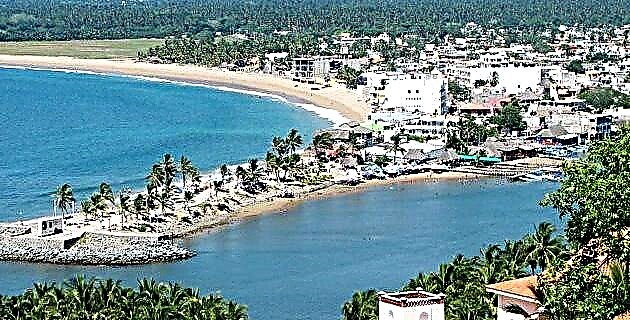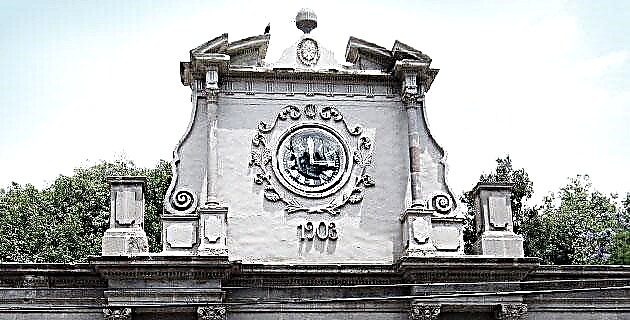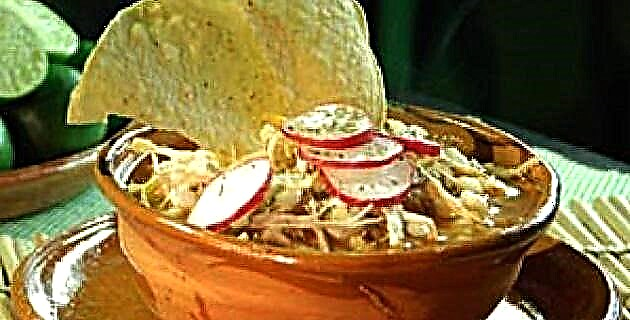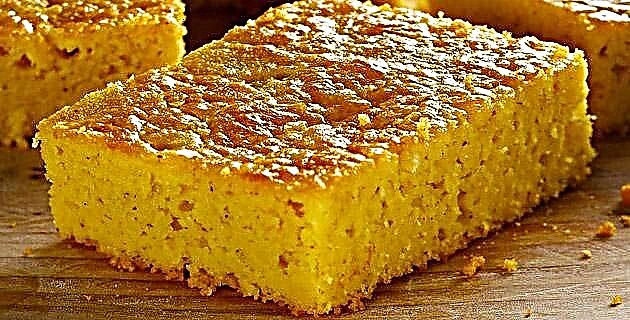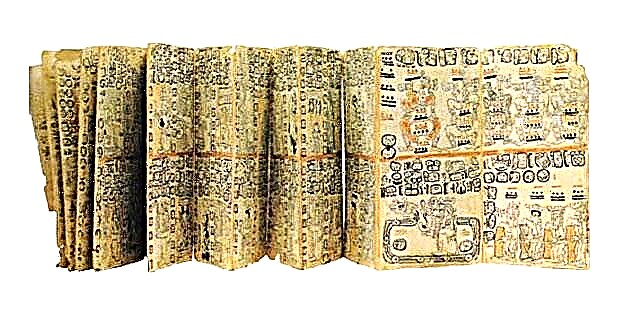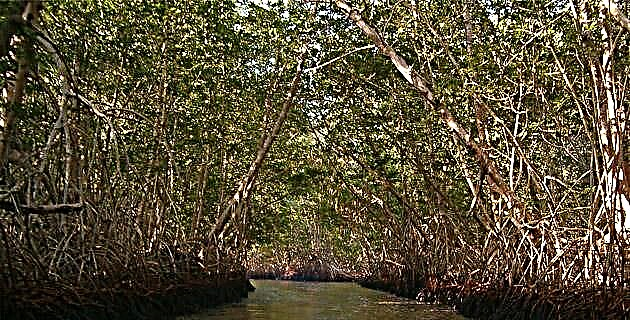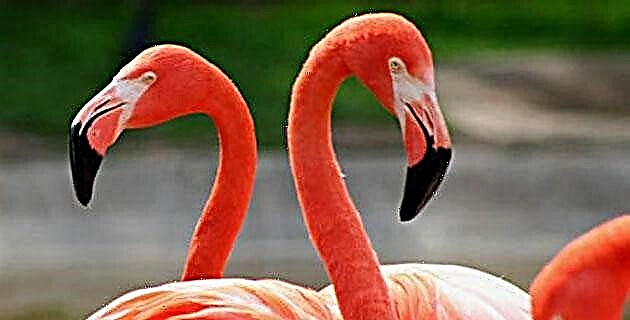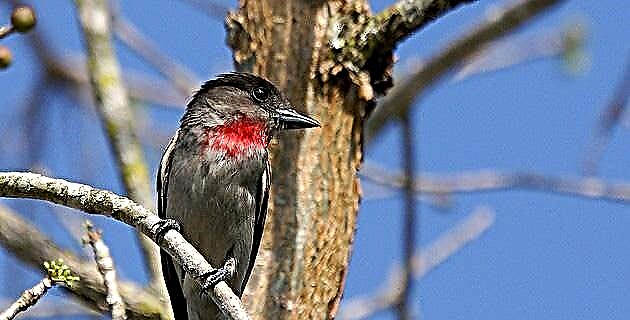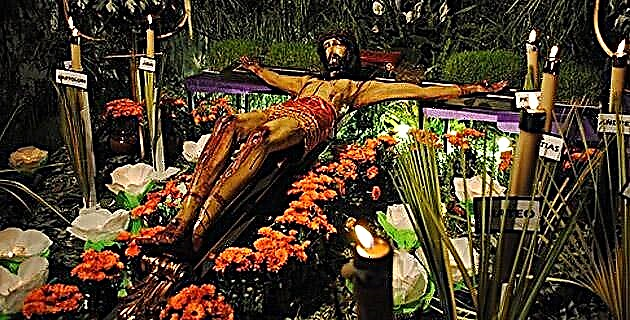
Huitzquilic was the pre-Hispanic name of this town, which around 1540 received that of San Martín de la Cal, and which from 1883, by decree of the governor of Jalisco, Maximino Valdominos, would be called San Martín de Hidalgo.
San Martín is located in the center of the state, in the Ameca valley, 95 km from the city of Guadalajara. It is a town full of traditions, which are nothing more than the reflection of popular sentiment regarding historical events, whether of a civil or religious nature, so they can be commemorated from the most patriotic to the most mythical of events.
This community, like the entire Catholic world, begins Lent by attending the main temple (San Martín de Tours) on Ash Wednesday to participate in the imposition of it, or to the different neighborhoods that were previously designated for it.
During the next 40 days, among other things, Jesus' stay in the desert and his struggle against temptations and evil are solemnly remembered. As the days go by, the Semana Mayor arrives and it is when the Tendido de los Cristos is manifested in all its splendor, a unique tradition in the entire state of Jalisco.
On Good Friday, the old neighborhood of La Flecha turns into a true pilgrimage; During the afternoon and evening, the general population and visitors flock there to admire the altars that are installed in the houses to commemorate the day of greatest mourning among Catholics: the death of Jesus.
It is difficult to specify when this tradition began, and only through oral history have its origins been reconstructed. The truth is that many of the sacred images have been inherited from generation to generation, and there are some that are 200 and even 300 years old.
This tradition is carried out as follows: in the houses where the Christ is laid, the main room is converted for a day into a small chapel: the floor is covered with hill laurel leaves, alfalfa and clover; and branches of sabino, jaral and willow, will serve to cover the walls and at the same time as a background for the altar.
The laying ceremony begins at 8:00 am, when the Christ is bathed or cleaned with cream or oil and the path is changed. This is done by the male, who is in charge of making the laying and watching that he lacks nothing on his altar. This man represents Joseph of Arimathea, who as is known was a person very close to Jesus and was precisely the one who requested permission for the newly crucified body to be buried before 6:00 pm (Jewish tradition prohibited burial after that time and throughout Saturday).
Incense, copal, candles, candles, sour oranges and paper or natural flowers are placed on the altar, as well as the sprouts or sprouts that are prepared from Lazaro Friday (15 days before), with which the good storm is requested , and the presence of the Virgen de los Dolores is maintained. The image of the Virgin must never be missing on the altar, to which a special altar is dedicated the Friday before. During the visit to the altars the owners of the Christs and the men offer cooked pumpkin, chilacayote, fresh waters and tamales de cuala.
In the afternoon, the sprouts are watered and the environment is prepared to receive the visitors, who gather in each of the houses where there is an altar. And this is how the pilgrimage through the seven temples becomes a visit to the altars of the Christs.
A must is a visit to the monument of flowers, sprouts, confetti and candles that is placed in the temple dedicated to the Immaculate Conception, an architectural construction from the 16th century and historical heritage of San Martín de Hidalgo. This altar is dedicated to the Blessed Sacrament, being the only day of the year that leaves the main place of the temple of San Martín de Tours to be transferred to the enclosure of the Virgen de la Concepción.
After the visit to the monument, there is a tour of the altars of the Christs in the La Flecha neighborhood.
Each Christ has his story about how he has been inherited, and some even tell the miracles he has performed.
The sacred images are made of various materials, from those to which divine origin is attributed, as in the case of the Lord of the Mezquite, to those made of corn paste; their sizes range from 22 cm to 1.80 meters.
Some of these Christs have been baptized by their own owners, and others are known by the name of the owner; thus we find the Christ of Calvary, of the Agony, of the Mezquite, of the Coyotes or that of Doña Tere, Doña Matilde, that of Emilia García, among others.
During the night, after receiving the visits, the families who own the Christs watch over the sacred image, as if a loved one were lost, and consume coffee, tea, fresh water and tamales de cuala. When Saturday morning arrives, the ceremony of raising Christ from his altar is carried out, which begins at 8:00 am, and in it the man and the family that own the Christ participate again. Elvarónraza before the sacred image, asks for blessings and favors for the whole family and gives the image to the lady of the house; then we proceed to collect all the elements that make up the altar, with the participation of the whole family.
Professor Eduardo Ramírez López wrote the following poem dedicated to this tradition:
Time of humble houses, erected in chapels with open doors, of contrite souls, houses of the Redeeming spirit.
Time of smell of copalincense, sabino and jaral, to purify the soul of inner recollection.
A time of germinated seeds where the grain dies to give in abundance as sin dies in the atonement to be reborn in Christ.
Time of waste of wax, of lit candles, that elevate our spiritual reunion of illuminated paths.
Time of color, of harmonized paper in flower, of interior joy, of joy in suffering, of joy in the Resurrection.
Time of two wood transformed into a cross ... where one leads me to the Father to my brothers the other.
Time of houses ... of smell ... of seed ... of wax ... of color ... of paper ... of the Cross ... Time of Christs.
In San Martín de Hidalgo, Holy Week begins the previous Friday with the Altares de Dolores: popular, plastic image, through which the immense pain that the Virgin Mary suffered when she saw the passion and death of her son Jesus.
On Saturday night, Tianguis Saturday is celebrated, where the street that is located on the east side of the Purísima Concepción temple becomes a market of indigenous origin, since products made with piloncillo only are sold, such as: ponte hard, coyules in honey, coclixtes, tamales de cuala, pinole, colado, corn, buñuelos, gorditas de oven, apples in honey. All these products lead us to the Purépecha and Nahua roots.
Already in Holy Week the Judea begins live, where a group of young actors represent the most important biblical pictures of the passion and death of Jesus, and this is how on Holy Thursday the representation of the Last Supper and the apprehension of Jesus in the garden; later his presence is staged before Herod and his way before Pilate.
Good Friday continues with the painting where Jesus is taken to Pilate and hence the beginning of his Calvary, to culminate with the crucifixion on the hill of the Cross.
If you go to San Martín de Hidalgo
To get to San Martín de Hidalgo you have two options: the first, you have to take the federal highway Guatemala-Barra de Navidad, arriving at the Santa María crossing, take the corresponding deviation and only 95 km from the state capital is San Martin; and the second, take the Guadalajara-Ameca-Mascota highway, up to the town of La Esperanza, and then the Ameca-San Martín highway.

